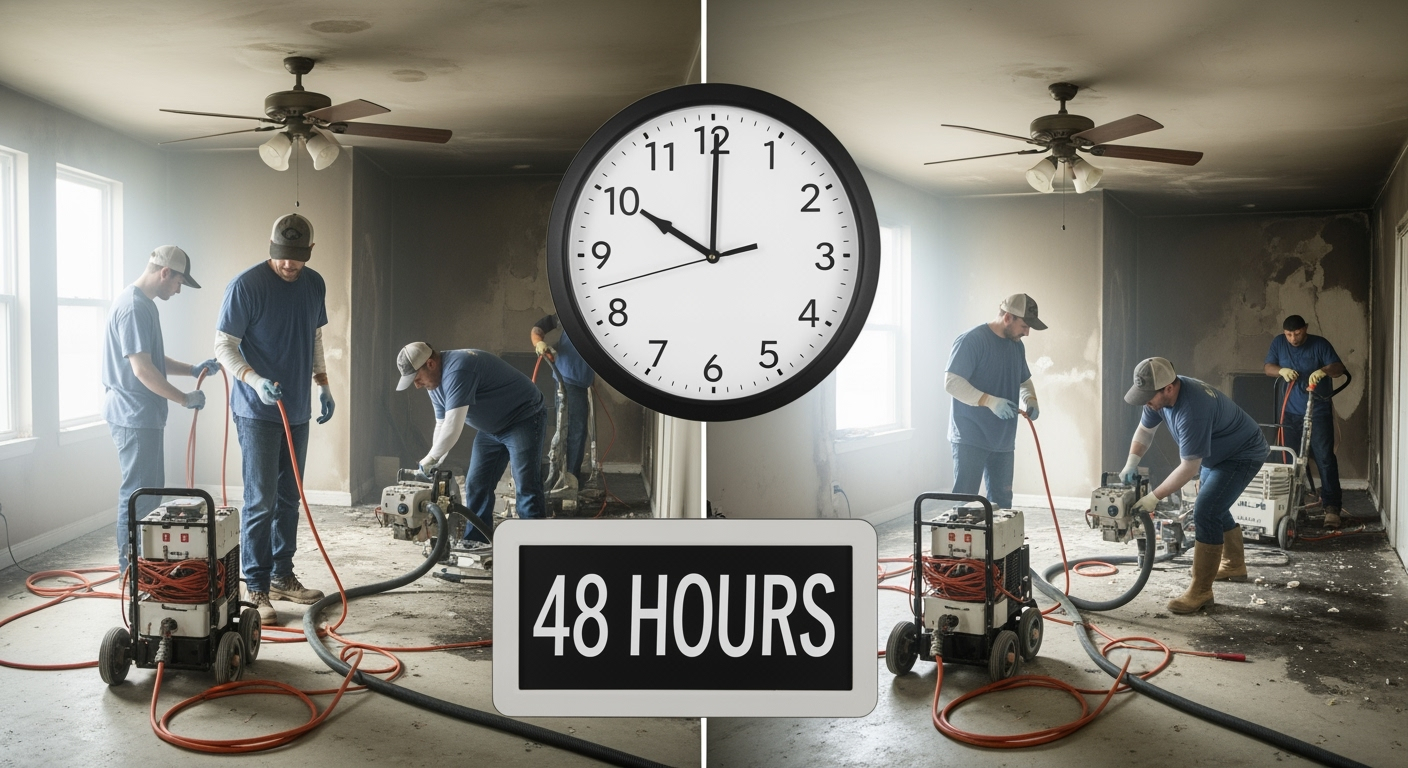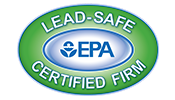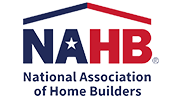Understanding the 48-Hour Critical Window
Emergency smoke damage restoration faces a relentless timeline as chemical reactions accelerate damage every passing hour. Initially, within minutes of fire extinguishment, acidic smoke residues begin attacking surfaces throughout your property. Furthermore, temperature changes cause materials to expand and contract, drawing smoke particles deeper into porous surfaces. Additionally, humidity activates corrosive compounds in smoke residue, accelerating deterioration exponentially. Meanwhile, oils in smoke penetrate materials, making removal increasingly difficult. Therefore, emergency smoke damage restoration must begin immediately to prevent irreversible damage.
Scientific evidence demonstrates why timing proves so critical. First, metal surfaces begin showing discoloration within 2-4 hours. Then, finishes on appliances and fixtures start deteriorating within 24 hours. Moreover, synthetic materials permanently yellow within one day. Subsequently, metal surfaces begin pitting and corroding by day two. Consequently, emergency smoke damage restoration becomes exponentially more difficult and expensive with each passing hour.
Hour-by-Hour Damage Progression
Emergency smoke damage restoration races against predictable deterioration patterns. Initially, within the first hour, acid residues begin etching glass and metal. Additionally, within 2-4 hours, grout and fiberglass yellow permanently.
- 4-6 hours: Metal hardware starts tarnishing
- 6-12 hours: Wood furniture finishes begin deteriorating
- 12-24 hours: Prolonged acid exposure etches glass permanently
- 24-36 hours: Metal corrosion becomes visible
- 36-48 hours: Wood staining becomes permanent
- After 48 hours: Replacement often costs less than restoration
Therefore, emergency smoke damage restoration timing directly impacts restoration success. Moreover, quick response dramatically reduces overall costs.
First Priority: Safety Assessment and Stabilization
Immediate Hazard Evaluation
Emergency smoke damage restoration begins with comprehensive safety assessment within the first hours. First, structural integrity must be verified before anyone enters the property. Additionally, electrical systems require inspection for fire damage and water exposure. Furthermore, air quality testing determines if respiratory protection is necessary. Meanwhile, identifying asbestos or lead paint hazards guides safe restoration procedures. Therefore, professional emergency smoke damage restoration prioritizes safety while maximizing speed.
Critical safety checks cannot be skipped. Initially, carbon monoxide levels need immediate verification. Then, structural engineers assess load-bearing elements when necessary. Moreover, utilities must be properly secured or disconnected. Subsequently, temporary support gets installed for weakened structures. Finally, proper lighting ensures safe working conditions.
Establishing Containment Zones
Emergency smoke damage restoration requires immediate containment preventing spread. Initially, plastic barriers isolate heavily damaged areas. Additionally, negative air pressure prevents particle migration.
- HEPA air scrubbers begin filtering immediately
- Floor protection prevents tracking contamination
- Doorway seals stop smoke particle movement
- Window ventilation exhausts contaminated air
- Clean zones protect undamaged areas
- Decontamination stations prevent spread
Consequently, proper containment during emergency smoke damage restoration protects clean areas. Furthermore, isolation reduces overall cleaning requirements significantly.
Hours 0-6: Immediate Mitigation Actions
Ventilation and Air Quality Management
Emergency smoke damage restoration focuses on air quality within the first six hours. First, proper ventilation removes airborne smoke particles and toxic gases. Additionally, HEPA filtration systems capture microscopic contaminants continuously. Furthermore, air exchanges reduce odor concentration throughout the structure. Meanwhile, humidity control prevents moisture from activating acidic residues. Therefore, immediate air quality management in emergency smoke damage restoration prevents deeper penetration.
Strategic ventilation requires careful planning. Initially, positive pressure pushes contaminated air outward. Then, cross-ventilation creates airflow patterns removing particles. Moreover, exhaust fans accelerate air exchange rates. Subsequently, makeup air prevents negative pressure problems. Finally, continuous monitoring ensures adequate ventilation.
Surface Residue Stabilization
Emergency smoke damage restoration must stabilize residues before they bond permanently. Initially, dry soot removal prevents wet cleaning from spreading contamination. Additionally, specialized vacuuming captures loose particles without redistribution.
- Chemical neutralizers stop acid reactions
- Protective coatings prevent further etching
- Oil-based residue pre-treatment begins
- Metal surface protection applied immediately
- Electronic equipment gets isolated
- HVAC systems shut down properly
Therefore, stabilization during emergency smoke damage restoration prevents progression. Moreover, quick action preserves restoration options.
Hours 6-24: Comprehensive Assessment and Documentation
Detailed Damage Mapping
Emergency smoke damage restoration requires thorough documentation within the first day. First, photographic evidence captures initial conditions comprehensively. Additionally, room-by-room assessments identify all affected materials and surfaces. Furthermore, hidden damage detection using thermal imaging reveals concealed problems. Meanwhile, moisture mapping identifies water damage from firefighting efforts. Therefore, assessment during emergency smoke damage restoration guides restoration planning effectively.
Professional documentation serves multiple purposes. Initially, insurance claims require detailed damage proof. Then, restoration planning needs accurate scope definition. Moreover, progress tracking shows improvement over time. Subsequently, warranty documentation protects all parties. Finally, complete records prevent disputes later.
Content Inventory and Triage
Emergency smoke damage restoration includes rapid content evaluation for salvageability. Initially, high-value items receive priority protection. Additionally, irreplaceable items get immediate attention.
- Electronics isolated to prevent corrosion
- Documents secured for specialized treatment
- Artwork protected from further damage
- Textiles bagged to prevent odor setting
- Furniture evaluated for restoration potential
- Photographs preserved for restoration attempts
Consequently, content triage during emergency smoke damage restoration maximizes recovery. Furthermore, quick decisions prevent unnecessary losses. Our comprehensive fire and smoke restoration services in New York include rapid content evaluation.
Hours 24-36: Intensive Cleaning Operations
Surface Cleaning Prioritization
Emergency smoke damage restoration intensifies cleaning efforts during the second day. First, priority surfaces showing acid damage receive immediate treatment. Additionally, metal surfaces get cleaned before corrosion sets permanently. Furthermore, glass and mirrors need attention before etching becomes irreversible. Meanwhile, painted surfaces require cleaning before staining penetrates completely. Therefore, strategic prioritization during emergency smoke damage restoration saves more property.
Cleaning sequences follow scientific principles. Initially, dry cleaning removes loose contamination. Then, appropriate wet cleaning methods address bonded residues. Moreover, specialized products match specific contamination types. Subsequently, neutralizing agents stop ongoing reactions. Finally, protective treatments prevent re-contamination.
HVAC System Emergency Treatment
Emergency smoke damage restoration must address HVAC contamination within 36 hours. Initially, systems remain off preventing contamination spread. Additionally, filter replacement prevents particle recirculation.
- Duct inspection reveals contamination extent
- Coil cleaning prevents permanent damage
- Blower motor cleaning ensures operation
- Register and grille cleaning throughout
- System sanitization kills bacteria
- Temporary filtration during restoration
Therefore, HVAC treatment during emergency smoke damage restoration prevents recontamination. Moreover, quick action saves expensive system replacement.
Hours 36-48: Odor Neutralization and Sealing
Aggressive Deodorization Techniques
Emergency smoke damage restoration employs intensive odor elimination before the 48-hour mark. First, thermal fogging penetrates where smoke traveled, neutralizing odors at the source. Additionally, ozone treatment breaks down odor molecules when applied properly. Furthermore, hydroxyl generators provide continuous treatment safely. Meanwhile, activated carbon filtration removes airborne odors. Therefore, multiple approaches during emergency smoke damage restoration ensure complete deodorization.
Timing affects deodorization success significantly. Initially, source removal must precede treatment. Then, surfaces need thorough cleaning first. Moreover, adequate contact time ensures effectiveness. Subsequently, ventilation removes treatment byproducts. Finally, verification testing confirms success.
Emergency Encapsulation Methods
Emergency smoke damage restoration uses sealing when complete cleaning isn’t immediately possible. Initially, specialized primers lock in residual odors. Additionally, vapor barriers prevent odor migration.
- Shellac-based primers for severe staining
- Synthetic primers blocking odor molecules
- Encapsulating paints for surfaces
- Sealants for porous materials
- Temporary encapsulation pending full restoration
- Documentation for future treatment
Consequently, emergency encapsulation during smoke damage restoration prevents permanent damage. Furthermore, sealing buys time for complete restoration.
Critical Decisions Within 48 Hours
Restoration vs. Replacement Evaluation
Emergency smoke damage restoration requires quick decisions about salvageability within two days. First, restoration costs must be weighed against replacement expenses. Additionally, time factors influence decision-making significantly. Furthermore, sentimental value affects restoration choices. Meanwhile, insurance coverage impacts financial decisions. Therefore, rapid evaluation during emergency smoke damage restoration guides resource allocation.
Professional assessment aids decision-making. Initially, testing reveals restoration potential accurately. Then, cost estimates clarify financial implications. Moreover, timeline projections set realistic expectations. Subsequently, warranty considerations influence choices. Finally, health factors guide final decisions.
Insurance Claim Initiation
Emergency smoke damage restoration documentation supports insurance claims immediately. Initially, prompt notification preserves coverage rights. Additionally, professional assessment strengthens claim positions.
- Detailed damage documentation within 48 hours
- Emergency mitigation expense tracking
- Additional living expense documentation
- Content inventory with values
- Professional estimates for restoration
- Code upgrade requirement identification
Therefore, insurance coordination during emergency smoke damage restoration maximizes recovery. Moreover, timely filing prevents claim complications.
Consequences of Delayed Response
Permanent Damage After 48 Hours
Missing the emergency smoke damage restoration window creates irreversible problems. First, acid etching becomes permanent on glass and metal. Additionally, synthetic materials yellow beyond restoration. Furthermore, wood staining penetrates too deeply for removal. Meanwhile, fabric dyes change permanently from smoke exposure. Therefore, delays in emergency smoke damage restoration multiply costs exponentially.
Secondary damage compounds initial problems. Initially, corrosion spreads to adjacent materials. Then, odors become increasingly difficult to eliminate. Moreover, mold begins growing on smoke-damaged surfaces. Subsequently, structural materials weaken from acid exposure. Finally, complete replacement becomes the only option.
Health Risks from Delayed Cleanup
Emergency smoke damage restoration delays create serious health hazards. Initially, toxic particles continue circulating in air. Additionally, carcinogenic compounds remain on surfaces.
- Respiratory irritation increases with exposure
- Allergic reactions develop over time
- Chemical sensitivities emerge gradually
- Headaches and fatigue persist
- Children face amplified risks
- Pet health deteriorates quickly
Consequently, delayed emergency smoke damage restoration threatens health. Furthermore, medical costs exceed restoration expenses. Our water damage cleanup services in Pennsylvania include emergency response capabilities.
Professional Equipment for Rapid Response
Specialized Tools for Time-Critical Work
Emergency smoke damage restoration requires professional equipment unavailable to consumers. First, HEPA-filtered vacuums prevent particle redistribution. Additionally, thermal foggers penetrate smoke paths effectively. Furthermore, air scrubbers maintain safe working conditions. Meanwhile, moisture meters detect hidden water damage. Therefore, professional equipment enables rapid emergency smoke damage restoration.
Advanced technology accelerates restoration significantly. Initially, ultrasonic cleaners restore electronics quickly. Then, ozone generators eliminate odors rapidly. Moreover, hydroxyl generators work during occupancy. Subsequently, injection systems treat wall cavities. Finally, monitoring equipment tracks progress continuously.
Chemical Solutions for Emergency Treatment
Emergency smoke damage restoration employs specialized chemicals for rapid results. Initially, pH-specific cleaners match residue types. Additionally, neutralizing agents stop acid damage.
- Surfactants breaking surface tension
- Emulsifiers dissolving oily residues
- Oxidizers eliminating odor molecules
- Biocides preventing mold growth
- Encapsulants sealing contamination
- Protectants preventing re-soiling
Therefore, professional chemicals enable emergency smoke damage restoration success. Moreover, proper products prevent surface damage.
Coordination with Other Emergency Services
Multi-Trade Management
Emergency smoke damage restoration coordinates multiple specialists simultaneously. First, structural engineers assess building safety. Additionally, electricians verify system integrity. Furthermore, plumbers address water damage issues. Meanwhile, HVAC technicians service contaminated systems. Therefore, coordination during emergency smoke damage restoration ensures comprehensive response.
Effective management maximizes efficiency. Initially, scheduling prevents trade conflicts. Then, communication ensures coordinated efforts. Moreover, shared documentation reduces redundancy. Subsequently, quality control maintains standards. Finally, unified billing simplifies processes.
Insurance Adjuster Coordination
Emergency smoke damage restoration works closely with insurance representatives. Initially, immediate access facilitates quick assessment. Additionally, professional documentation supports coverage decisions.
- Joint inspections expedite approvals
- Detailed estimates justify costs
- Progress reports maintain communication
- Change orders get quick approval
- Supplemental claims address discoveries
- Final documentation ensures payment
Consequently, adjuster coordination during emergency smoke damage restoration streamlines claims. Furthermore, professional relationships expedite settlements.
Take Action: Immediate Emergency Smoke Damage Restoration
The first 48 hours after smoke damage determine your property’s fate – permanent damage or complete restoration. Advanced Disaster Recovery Inc. provides immediate emergency smoke damage restoration response, arriving quickly with specialized equipment and proven protocols that halt deterioration immediately. Moreover, our certified technicians understand the critical timeline and work efficiently to save everything possible. We coordinate insurance claims, manage subcontractors, and communicate constantly while racing against time to save your property.
Don’t let the critical window close on your property’s recovery. Contact Advanced Disaster Recovery Inc. now for emergency smoke damage restoration that begins within hours, not days. Additionally, our 24/7 response teams stand ready with everything needed to prevent permanent damage and begin restoration immediately. Every hour counts – trust our expertise in emergency smoke damage restoration to save what matters most while time remains on your side.
Critical 48-Hour Emergency Smoke Damage Restoration
Racing Against Time to Save Your Property
✓ Immediate response within hours
✓ Prevents permanent damage
✓ Specialized emergency equipment
✓ Insurance claim assistance
✓ Complete restoration services









